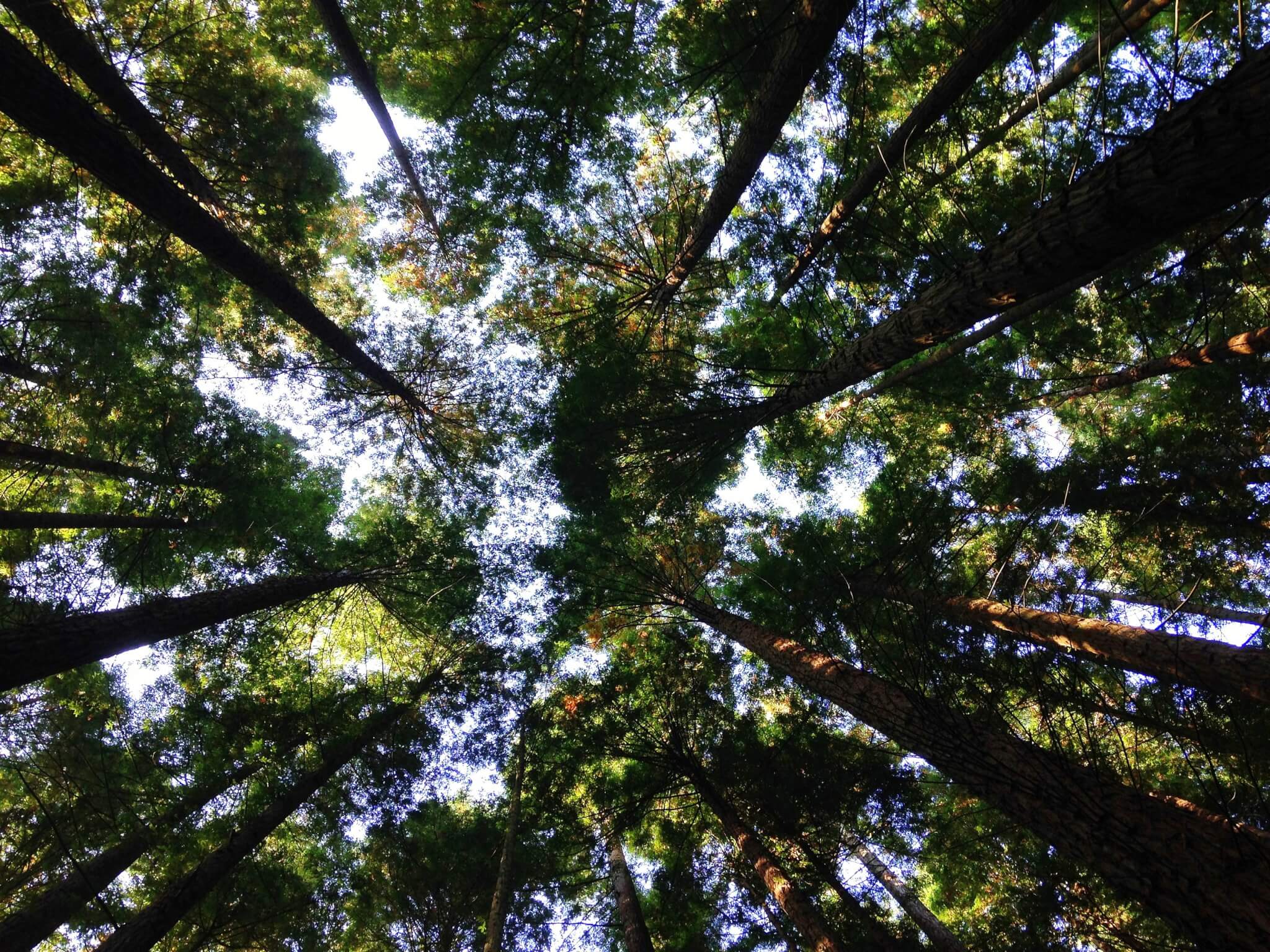
The manufacturing of paper and use of paper products is often blamed for the deterioration of the world’s forests and being harmful to our environment. But the truth is, paper is a truly sustainable product. Here are some well-researched facts on the state of sustainable manufacturing and product use in the paper industry.
- The demand for wood fiber used in paper production encourages sustainable forest management and discourages landowners from selling forest lands for development.
- Only 36% of timber harvested in the U.S. is used in paper manufacturing.
- Paper is one of the most recycled products in the world and globally 82% of recovered paper is used in tissue, board products, containers, and other packaging.
- Paper can be recycled 7 times before the fibers begin to break down.
- Recycling paper reduces greenhouse gases created when paper breaks down in landfills, reduces energy consumption needed for additional paper production, and saves landfill space.
source: Two Sides North America
As a manufacturer of tissue and paper products, Alfred Mank is dedicated to sustainable manufacturing practices that minimize our impact in the surrounding environment.
Sustainable Forestry
Mank products carry the Programme for the Endorsement of Forest Certification (PEFC) seal which certifies that our products stem from ecologically, economically, and social sustainable forestry. Sustainable forest management ensures that there is a balance between meeting the demand for wood and forest products and maintaining the health and diversity of our forests.
Avoiding the use of paper products is not the way to protect forest areas. In fact, when less wood and paper products are consumed, we experience more forest loss. The USDA Forest Service reports that over the last six decades, forest area in the U.S. has grown by over 3% and net volume of trees has increased by 58%.
Socially Responsible
Sustainable manufacturing of paper products needs to also ensure that our products do not stem from overexploitation. The raw materials sourced to produce our tissue and paper products are cultivated from forest areas where no indigenous people are exploited and no animals or plants are endangered.
Environmentally Healthy Life Cycle
The manufacturing of sustainable products must satisfy very stringent criteria for environmental and health protection through the entire production cycle.
- Starting with wood fibers from sustainable forests
- Limiting the use of hazardous materials, for example using water based inks free from solvents and avoiding chlorine in bleaching agents
- Implementing a waste management system, treating and filtering waste water from production until it can re-enter the normal water cycle
- Reducing energy consumption in manufacturing
Carbon Neutral
Carbon Dioxide (CO2) is recognized as a contributing factor to climate change. Increased CO2 levels from the growth of industrial activity creates a greenhouse effect, trapping extra heat into the Earth’s atmosphere. Through sustainable manufacturing with a carbon neutral goal, every carbon emission generated from the use of raw materials, production, and transportation is reduced by the same amount through a climate protection project by myclimate. Our current myclimate project includes decreasing CO2 emissions by producing energy for the operation of paper machines through woodchips.
